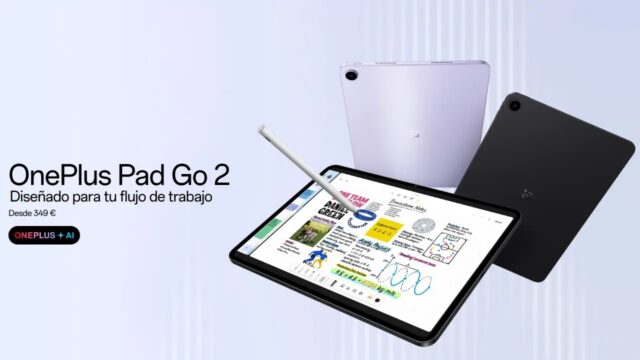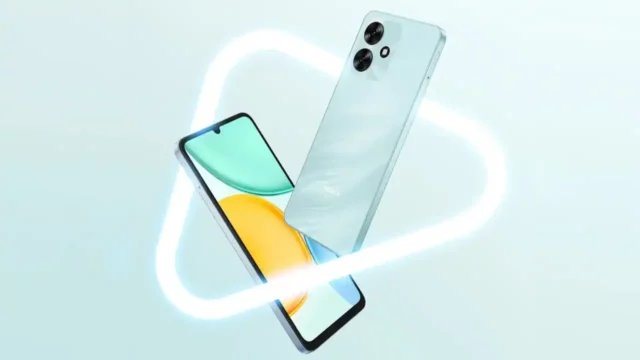A significant step forward has been taken in wireless charging technology. The Wireless Power Consortium (WPC) has announced the new Qi2 25W wireless charging standard. The new standard surpasses the 15W limit of previous versions, offering wireless charging support for compatible devices at up to 25W. This development will directly impact the charging experience of both iPhones and Android phones.
Smartphone wireless charging speeds will increase
This update, which comes with Qi v2.2.1, is particularly noteworthy for Apple. The WPC has confirmed that iPhones will support Qi2 25W charging, but it has not yet been confirmed which models will feature this feature.
The iPhone 16 series currently on the market can offer 15W charging via Qi2. However, considering that Apple has already achieved 25W via MagSafe, the possibility of integrating Qi2 with an update capable of reaching these speeds is increasing. The magnetic alignment system, in particular, is reportedly inspired by Apple’s MagSafe technology. The iPhone 17 series is expected to launch with direct 25W Qi2 support.

A change is also coming on the Android front. So far, only the HMD Skyline model fully supports the Qi2 standard. Samsung’s latest flagships, the Galaxy Z Fold 7 and Z Flip 7, have been certified as “Qi2 Ready.”
These models support 15W Qi2 charging, but because they lack a magnetic ring, achieving 25W charging requires additional hardware. Therefore, users who want to charge at full capacity will need to use magnetic-compatible cases.
The launch of the new wireless charging standard will directly impact not only smartphones but also the charging accessory market. Accessory manufacturers such as Anker, Ugreen, and Baseus were among the first to receive certifications for Qi2 25W support. Some of these brands have already introduced new wireless chargers and power banks. These accessories are expected to become more widespread in the coming period.
Qi2’s 25W charging capacity enables faster and more efficient wireless charging while also protecting devices from overheating. With the expansion of the new standard, wireless charging is now not only a practical but also a high-performance alternative.













